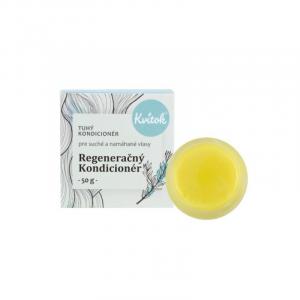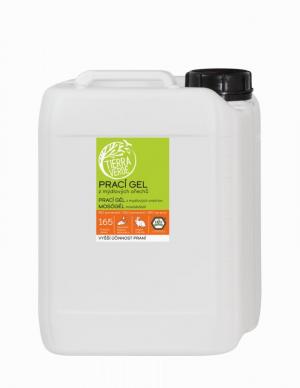White lily of the valley (Nymphaea Alba)
Harm score: 1 (Natural substances)
The white water lily (Nymphaea Alba) is an aquatic plant found in Europe, Asia and Africa. This plant can easily be mistaken for another species of flower, namely the water lily, with its common name of white water lily. The white water lily is a popular flower for ornamental tanks and natural garden ponds. It charms with its white flowers that emerge above the surface. This plant is sometimes called (2S)-2-amino-4-methylpentanoic acid.
Although the white water lily is primarily an ornamental plant, it can also be found in some consumer products. It is a component of some cosmetic products, such as body creams and face masks. This is because this plant contains a number of vitamins and minerals that are beneficial for the skin. In addition, white water lily is also used in herbal medicine for its soothing and antioxidant effects. It is also known that extracts of white water lily are used in aromatherapy and the production of essential oils. Since this plant has medicinal properties, it is also included in some dietary supplements.
White lily, also known as (2S)-2-amino-4-methylpentanoic acid, is therefore a plant with a wide range of uses. Whether its main purpose is as an ornament in the garden pond or its extracts are mixed into creams and masks to nourish our skin, it still plays an important role. Although we may not directly see this beautiful flower in the products we use, its presence in them brings countless benefits. Every day, scientists and researchers are surprised by the surprising properties of this plant, and so its use continues to expand.
You won't find this substance in our products. Try the natural, chemical-free products in our range.

Stiff conditioner for dry and stressed hair - Regenerating XL (50 g)
Product detail
Washing gel with BIO orange - INNOVATION (5 l)
Product detail
Peeling mask with seaweed and caffeine - ENERGIZING 20 g
Product detail